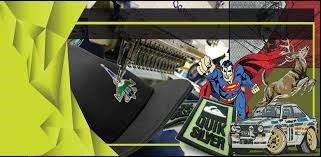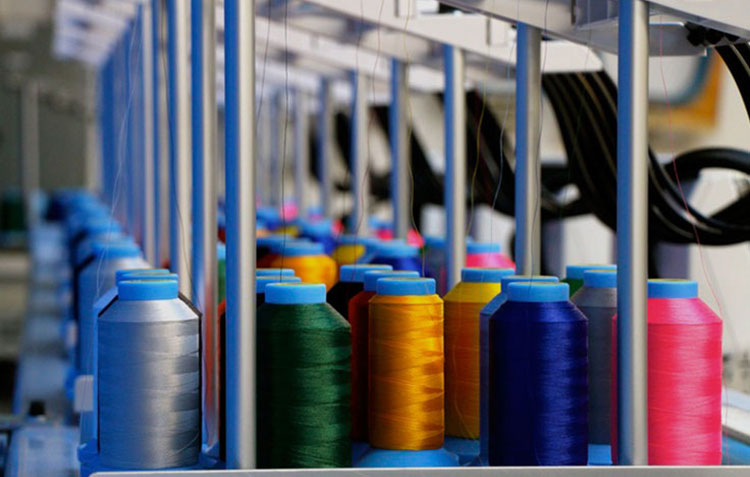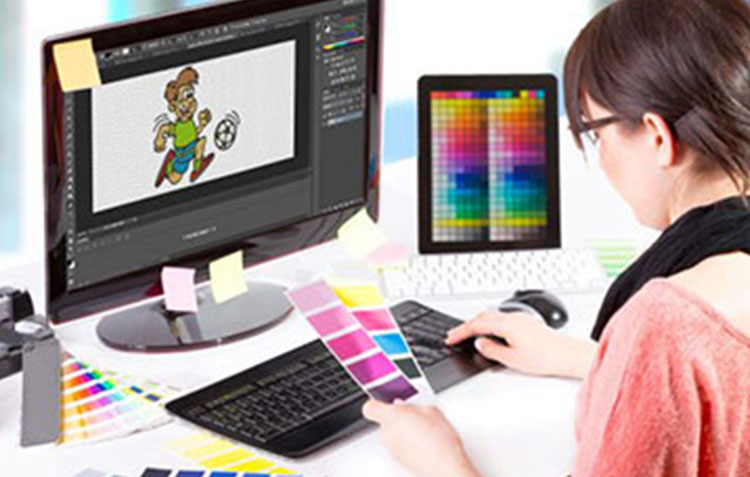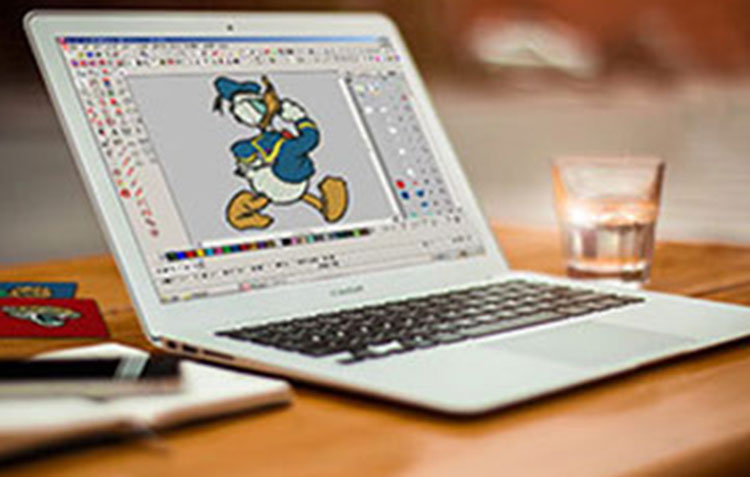Your Complete Guide to Successful Embroidery Digitizing Online

Embroidery digitizing online has transformed the process of creating and designing embroidery patterns. With the correct tools and skills, you can simply translate your artwork into stunning embroidered designs. We'll take you step-by-step through the process of successfully embroidery digitizing online within this comprehensive guide.
Comprehending Digitizing Embroidery online
By converting artwork to a stitch file that an embroidery machine can interpret and reproduce, embroidery digitization enables the production of intricate and accurate embroidered designs. In this method, each stitch in the design is digitally traced while keeping the stitch type, density, and direction in mind. Understanding the principles of digitization is critical because it lays the groundwork for converting complicated or simple images into switchable files.
In addition to improving the quality of the embroidered product, comprehension of these principles further improves the efficacy of the embroidery process. Designers may uncover the capacity to translate their conceptions into actual items that can be applied to any sort of fabric by getting into the complex process of digitizing embroidery. This critical stage in the embroidery workflow requires careful attention to detail as well as an awareness of how different stitches interact with various fabric types to ensure that the design being embroidered translates easily from screen to textile.
Selecting the Best Software for Digitizing Embroidery Online
Choosing the correct software for your embroidery digitizing job is an essential step that will significantly impact the effectiveness and quality of your work. There are numerous alternatives accessible to meet different creative needs and skill levels. Choose software that not only matches your skills but also has a plethora of features that allow you to tweak and develop ideas exactly. A user-friendly interface, a wide range of editing choices, and compatibility with a variety of file types are critical aspects. Consider how well the program integrates with your embroidery machine and whether it allows for simple adjustments and previews of your work. Choosing software with a good instructional or support base will also help you improve your digitization skills and solve challenges.
How to Get Your Artwork Ready for Digitalization
The first step in ensuring a flawless digitization process is to polish your original artwork. As part of this preparation, any extraneous information or clutter that could impede the digitization must be removed. Make sure the size of your design fits the area where it will be embroidered so you don't have to worry about changing later. Change your artwork into a format that can be easily scanned, usually a vector file, so that the design stays intact while it is being scanned. This step is very important for an easy change from an idea to a digital file, which sets the stage for a successful embroidery project.
Detailed How-To for Digitizing Your Designs
Start by opening the embroidery digitizing software that you have chosen. Next, bring your carefully improved artwork into the program by loading the vector file you made earlier. Use the software's features to trace or map your artwork into an embroidery pattern, making careful changes to ensure the design is consistent with your idea. It is of the utmost importance to apply precise adjustments to stitch types, densities, and orientations in order to faithfully replicate the intricacies of the initial design. Make any necessary final edits, then save the newly digitized embroidery file in a format that works with your embroidery machine so that it's prepared for testing and improvement. Even though it's a complicated process, it sets the stage for you to turn your ideas into actual embroidered artwork.
Examining and Modifying Your Digital Designs
After digitizing your design, the next crucial step is to perform a test run on your embroidery machine. This crucial step is sewing your design onto a piece of fabric that will be used for your finished creation. During this procedure, you will identify any places that may require changes, such as stitch density adjustments, thread tension tweaks, or changes in design size to better suit the cloth. Pay particular attention to how different aspects of your design appear in the stitching, focusing on subtleties such as fill patterns, border integrity, and color transitions. If differences appear or the result falls short of your expectations, go back to your digitizing program and make the required adjustments. To create a design that not only reflects the best embroidery skill, but also your vision, iterative testing and refinement are essential.
The Development of Digitizing Embroidery
The embroidery digitizing online has seen significant advances in technology, ranging from hand stitching to complex computer-assisted designs. When embroidery first began, it required difficult hand work, with each stitch showing the embroiderer's patience and expertise. The introduction of manual embroidery machines indicated a new age, but the method remained expensive and limited by human skill and machine mechanics. The possibilities and capabilities of digitizing embroidery have grown with the growth of digital technologies.
An important turning point was the development of computerized embroidery machines in the late 20th century, which made patterns possible with never-before-seen levels of precision and intricacy. The creation of advanced digitization software, which elevated the craft from simple needlework to a level of digital creativity, contributed to this advancement. With a few clicks, digitizers can now change every part of a design, including stitch patterns, fabric kinds, color schemes, and stitch types.
Stitching has become more accessible to a larger range of enthusiasts and experts because to the digital revolution. It has broadened the creative boundaries and made it possible to produce elaborate designs that were unimaginable during the hand embroidery era. Advancements in technology are propelling the digitization of needlework, offering increased accuracy, productivity, and creative flexibility in the future.
In summary
Entering the realm of embroidery digitizing online offers a too much of imaginative opportunities. Both novices and experts may turn their own designs into magnificent embroidered works of art by following the instructions in this extensive guide. Choosing the right program, preparing your artwork carefully, and testing and fine-tuning your digital designs thoroughly are all essential to success. This method improves your digitizing abilities while also guaranteeing the excellence of your embroidered goods. As you embark on the digitization of embroidery, bear in mind that perseverance and skill are assets. With determination, you'll discover that digitizing online not only expands your creative expression but also adds a professional edge to your embroidered projects.












